13th Highest grossing movie of all time, barely breaking even?
A collage of pictures made from behind the scenes, promotional material, and images from the film, made by Donovan Menningen (pictures themselves are not his)
January 18, 2023
How much profit do you think a successful blockbuster makes? Most people would assume that a big movie would easily make millions of dollars in profit. Avatar: The Way of Water was released on December 16th of 2022 as the long anticipated sequel to the highest grossing movie of all time: Avatar (2009). In a 13 year long gap between movies, James Cameron revolutionized CGI technology to make the movie feel even more real than its predecessor. That feeling came at a stiff price, and the New Year’s blockbuster is barely breaking even.
A Costly Sequel
It’s no secret that The Way of Water is a big movie, but not just because of the 3 hour run time, or the 13 years it took for fans to return to Pandora. The Way of Water is also one of the most expensive movies ever made. According to Time Magazine the movie cost Disney roughly 350 million dollars to make. This puts it just below Avengers Endgame which came with a 356 million dollar price tag. A big part of the cost of the movie is its heavy emphasis on special effects to make a world that feels real and lived in; more specifically, the water effects. The developers insisted on shooting scenes with a technique called “wet-for-wet”. This means that all of the aquatic scenes would use real water tanks rather than computer generated water.
The Way of Water

Most movies would shoot “dry for wet”, which involves having the actors floating on wires behind a green screen to simulate moving underwater. This was not good enough for James Cameron, and he insisted on shooting with real water to make the movie feel more real. Jon Landau, who produced almost all of Cameron’s movies immediately saw a glaring problem with this: The motion capture technology used to render the actors playing the Navi on dry sets, did not exist for capturing them wet. “Right away we started doing R&D [Research and Development],” he said, “because no one had ever done performance capture underwater.” (Jen Yamato, Los Angeles Times). The crew underwent a long process of trial and error as they tried to figure out how to waterproof cameras, and use ultraviolet light instead of infrared for the motion capture (Ultraviolet can transmit through water). When they finally found a method that works underwater, it wouldn’t work on the dry sets, and vice versa. They had to use two different systems entirely.
After the obstacle of motion capture was solved, a 250,000 gallon stage tank capable of simulating every aquatic location in the film was constructed to film underwater scenes in an even more “real” setting. This method was hard on Disney’s wallet, but also on the actors. A Polygon article provides some insight into what the actors had to do: “… and train his actors to free dive in order to act like swimming Navi. Which is how Kate Winslet wound up with a breath holding free dive time of seven minutes and 14 seconds.” Disney and 20th century studios claimed that shooting certain scenes would require navy seal-like demands on the actors.
Box Office Beating
Was all of it worth it? The entire cast and crew went through painstaking efforts to make the Avatar Sequel beautiful, compelling, and real feeling. As of January 1st, Variety.com says The Way of Water has made 421.6 million dollars in the domestic box office, 956.9 million internationally, and 1.38 billion as the gross global earnings. James Cameron set the benchmark at 2 billion for financial success for the movie. While the movie is a ways off this mark right now, it is right about to hit the break even mark of 1.4 billion. The movie still has plenty of time to grow and according to The New York Times it might even surpass the 2 billion mark despite a slow first week of sales.
Overall things look pretty good for The Way of Water, with 77% (critic reviews) and 92% (audience reviews) respectively. While it didn’t get the numbers expected in the opening weekend, it seems like all of the work and innovation the producers and cast did is paying off. Millions of people find it a beautiful and enthralling movie. The Way of Water certainly has enough excitement and praise around it to continue to grow through the month of January, and turn a profit.

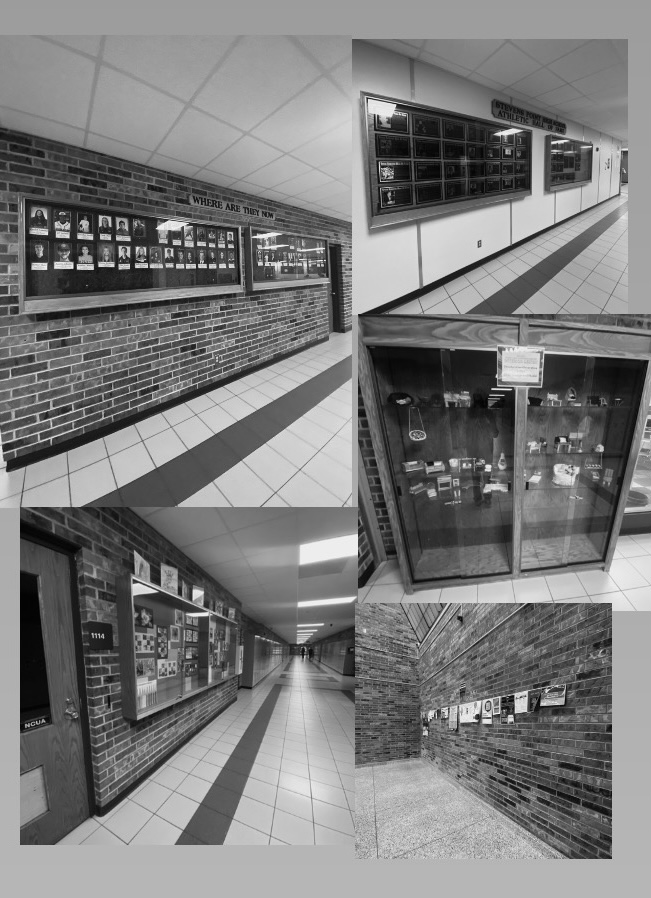

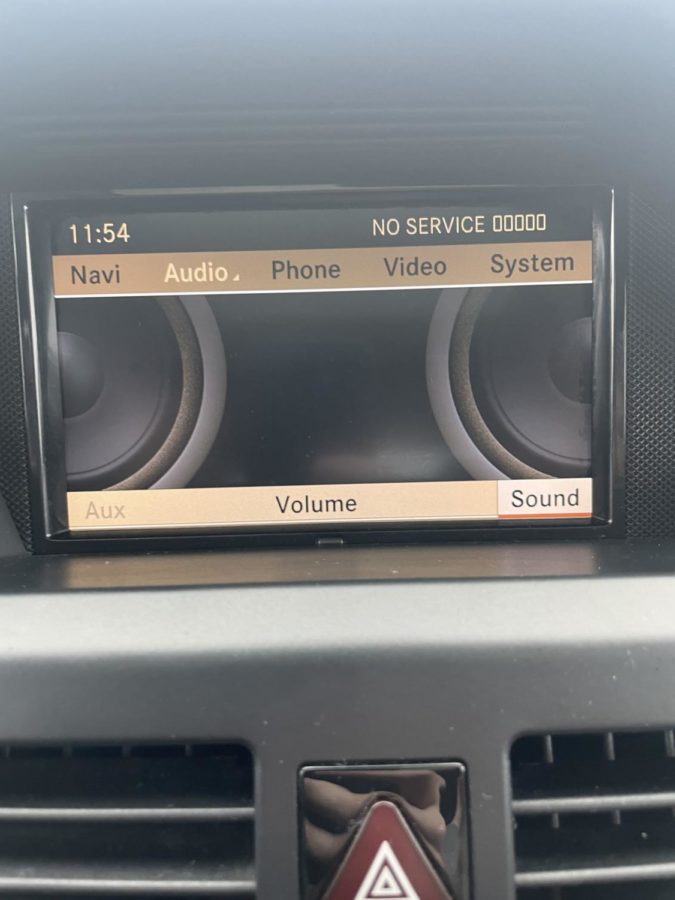
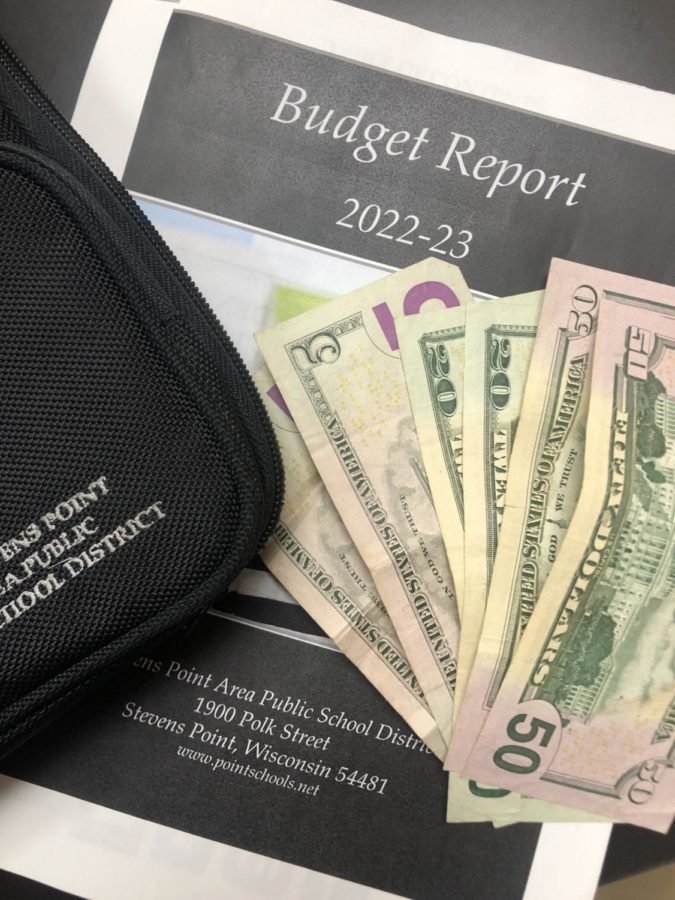









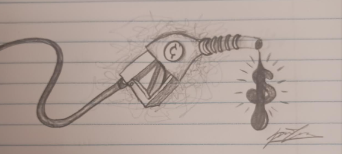
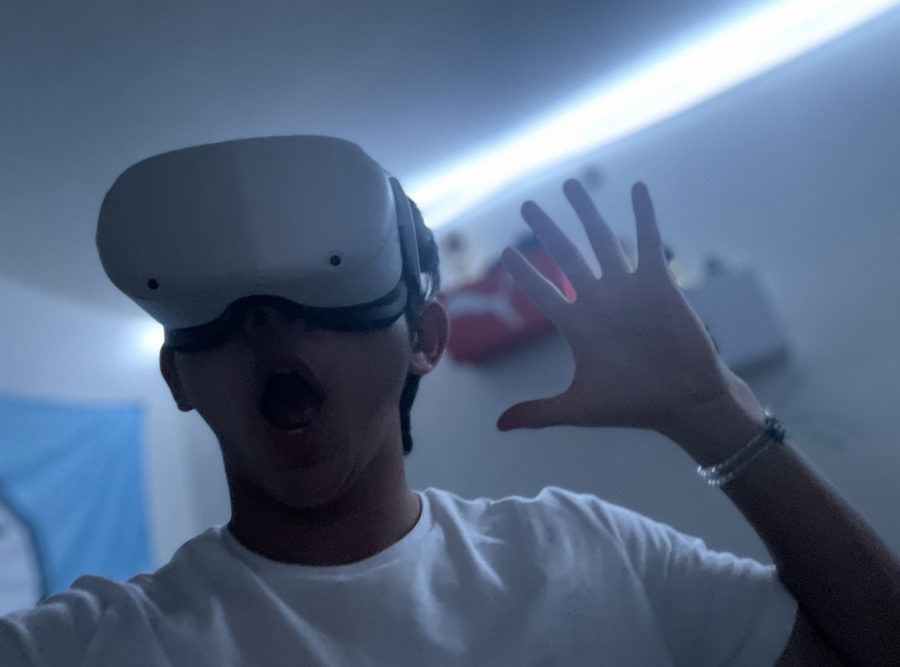

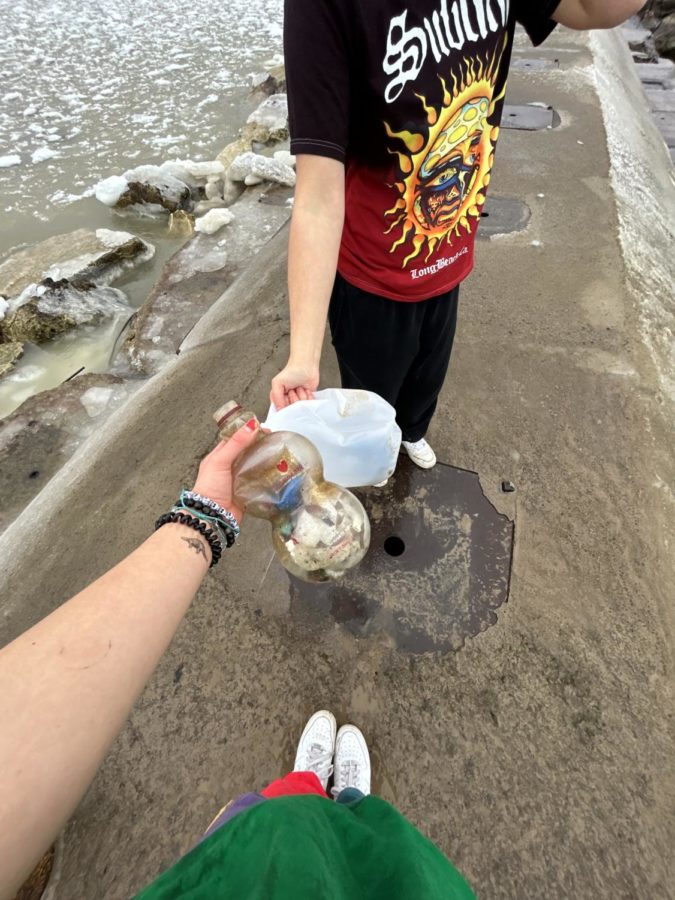




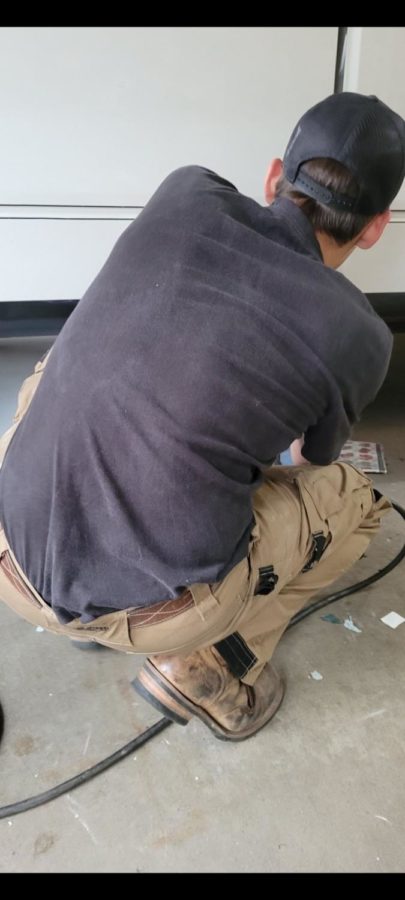



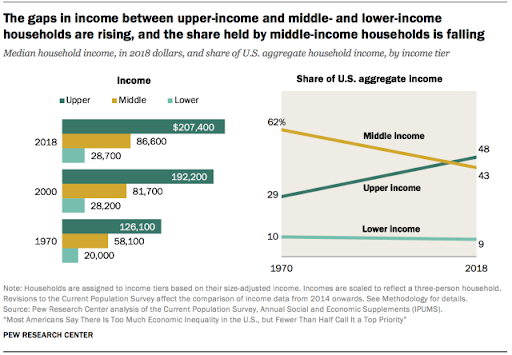







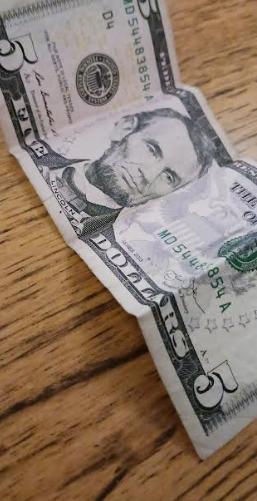
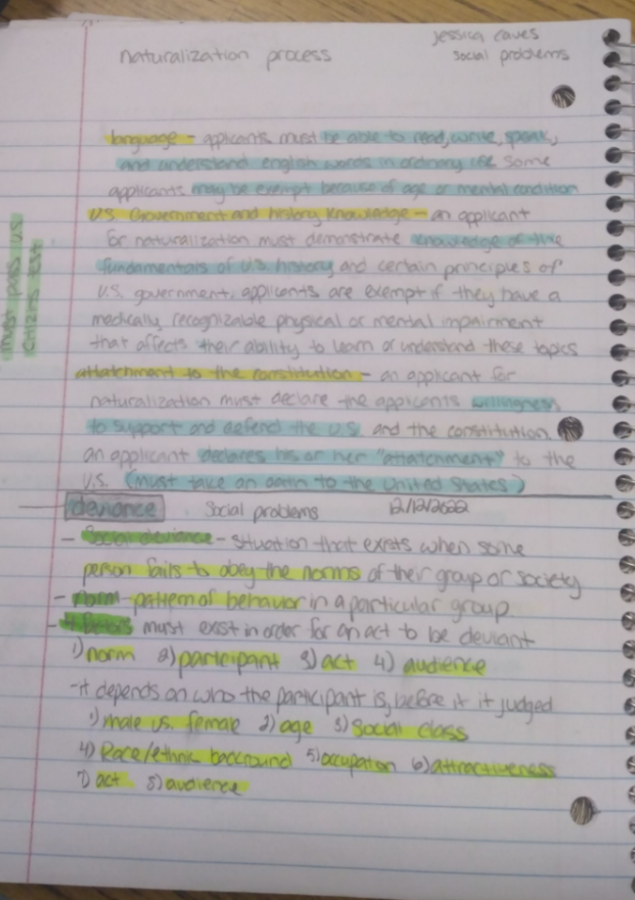



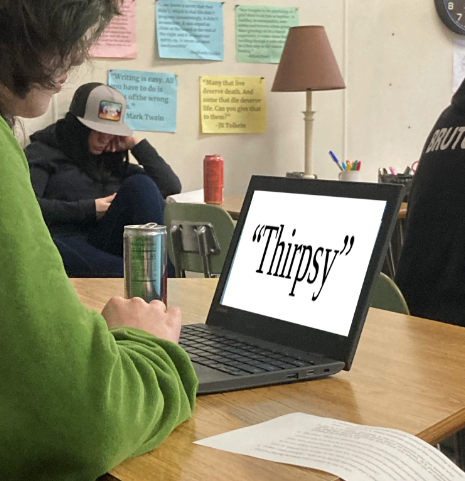





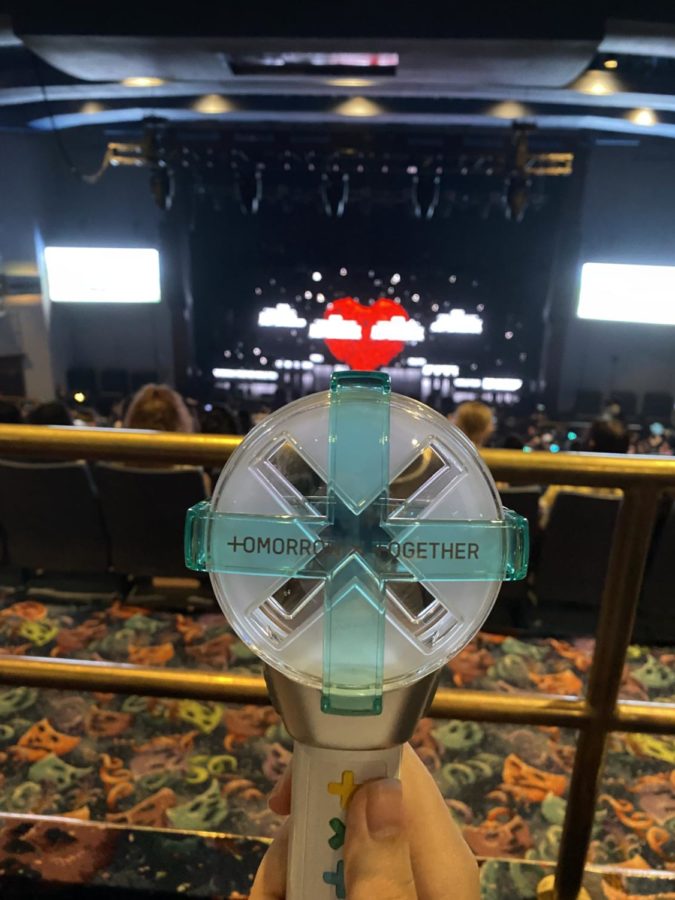

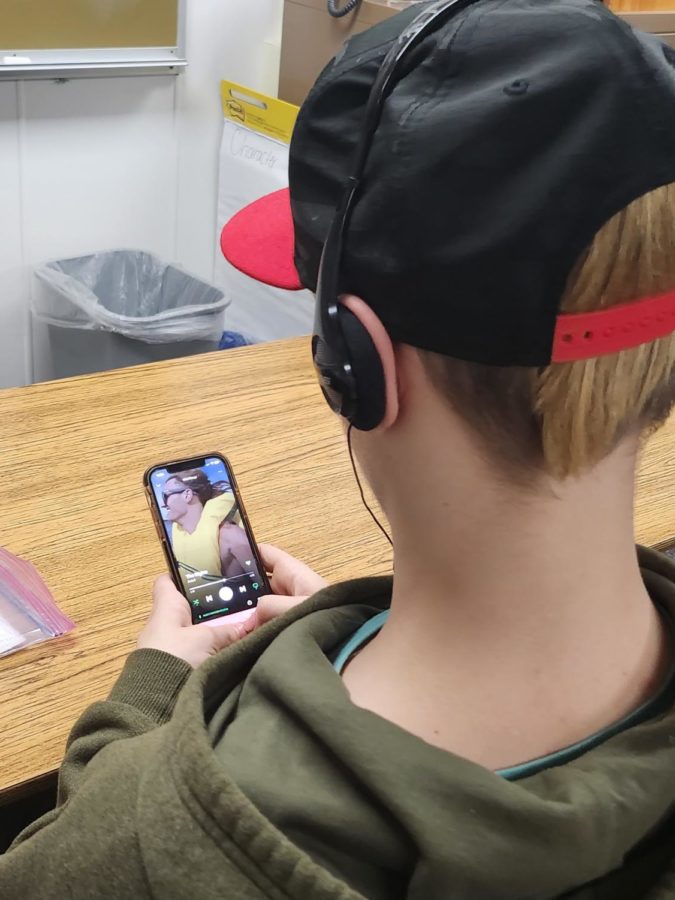

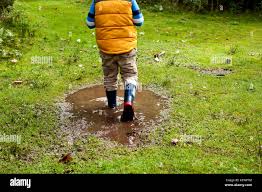





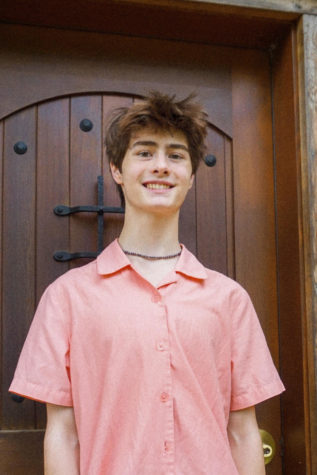
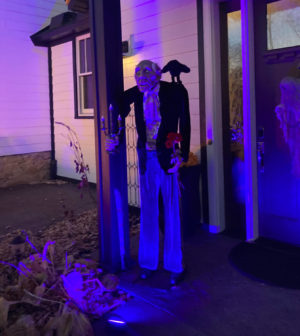


Thongchai Vang • Jan 19, 2023 at 7:30 PM
What I liked about this article you wrote is how you gathered numbers on how much the movie made. This gives not just me, but other readers a good depth of how rewarding this movie is for all the actors and staff who gave their all for this amazing movie.
Ayla Hurtienne • Jan 19, 2023 at 11:42 AM
Donovan I love how you gave statistics about the production of the movie it really brought a new perspective of how much was really put into this movie.